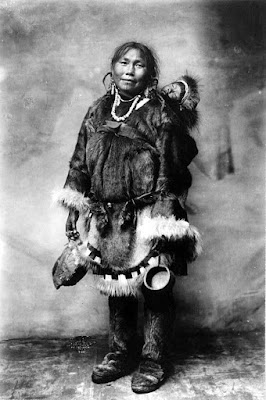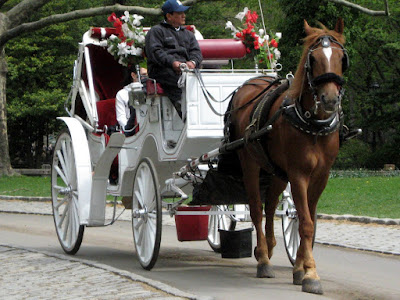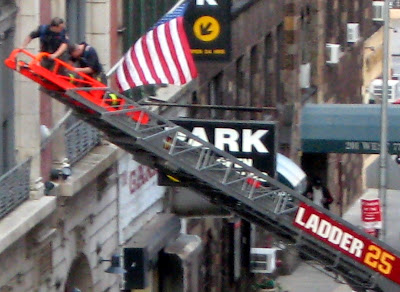Seder Plate ke'ara (קערה) Public Domain ClipArt Stock Photos and Images. Seder plate designed by Maurice Ascalon circa 1948 and manufactured by his Pal-Bell Company, Tel-Aviv, Israel. Pal-Bell Seder Plate by Maurice Ascalon circa 1948, Tel-Aviv, Israel.
I Toksook am the owner of the Pal-Bell Mark and all catalogued images of its work, including this image. Ascalon Studios, Inc..
I Toksook, the copyright holder of this work, hereby release it into the public domain. This applies worldwide.
In case this is not legally possible: I (Toksook) grant anyone the right to use this work for any purpose, without any conditions, unless such conditions are required by law.
Passover Seder Plate From Wikipedia, the free encyclopedia
The Passover Seder Plate Hebrew: ke'ara (קערה) is a special plate containing symbolic foods used by Jews during the Passover Seder. Each of the six items arranged on the plate has special significance to the retelling of the story of the Exodus from Egypt, which is the focus of this ritual meal. The seventh symbolic item used during the meal — a stack of three matzos — is placed on its own plate on the Seder table.
The six traditional items on the Seder Plate are:
* Maror and chazeret — Bitter herbs, symbolizing the bitterness and harshness of the slavery which the Jews endured in Egypt. For maror, many people mix freshly grated horseradish with cooked beets and sugar to make a condiment called chrein. (Note: If the horseradish itself is cooked or pickled, it is not considered valid for the Seder by traditional Jews.) Whole horseradish root can also be eaten. Chazeret is typically romaine lettuce, whose roots are bitter-tasting. Either the horseradish or romaine lettuce may be eaten in fulfillment of the mitzvah of eating bitter herbs during the Seder.
* Charoset — A sweet, brown, pebbly mixture, representing the mortar used by the Jewish slaves to build the storehouses of Egypt. In Ashkenazi Jewish homes, charoset is made from chopped walnuts, grated apples, cinnamon, and sweet red wine. Sephardi recipes call for dates and honey in addition to chopped nuts, cinnamon, and wine. The choice of ingredients reflects the various foods to which Israel is favorably compared in King Solomon's Song of Songs.
* Karpas — A vegetable other than bitter herbs, which is dipped into salt water at the beginning of the Seder. Parsley, celery or boiled potato is usually used. The dipping of a simple vegetable into salt water (which represents tears) mirrors the pain felt by the Jewish slaves in Egypt, who could only eat simple foods. The consumption of the karpas early in the Seder is meant to spark questions from the children at the table. Usually in a Shabbat or holiday meal, the first thing to be eaten after the kiddush over wine is bread. At the Seder table, however, the first thing to be eaten after the kiddush is a vegetable. This leads immediately to the recital of the famous question, Ma Nishtana — "Why is this night different from all other nights?"
* Z'roa — A roasted lamb or goat shankbone, chicken wing, or chicken neck; symbolizing the korban Pesach (Pesach sacrifice), which was a lamb that was offered in the Temple in Jerusalem, then roasted and eaten as part of the meal on Seder night. Since the destruction of the Temple, the z'roa serves as a visual reminder of the Pesach sacrifice; it is not eaten or handled during the Seder. Vegetarians often substitute a beet, quoting Pesachim 114b as justification.
* Beitzah — A roasted egg, symbolizing the korban chagigah (festival sacrifice) that was offered in the Temple in Jerusalem and roasted and eaten as part of the meal on Seder night. Although both the Pesach sacrifice and the chagigah were meat offerings, the chagigah is commemorated by an egg, a symbol of mourning (as eggs are the first thing served to mourners after a funeral), evoking the idea of mourning over the destruction of the Temple and our inability to offer any kind of sacrifices in honor of the Pesach holiday. Since the destruction of the Temple, the beitzah serves as a visual reminder of the chagigah; it is either not eaten or handled during the Seder or eaten dipped in salt water (which represents tears).
Some Seder gatherings put additional items on the seder plate, also as symbols. For example, some Seders include an orange on the Seder Plate to honor feminism, gay and lesbian rights, rights for marginalized people and Jews, and/or activism . The use of the orange is said to have been inspired by a quote by a conservative rabbi saying a woman belongs on the bimah like an orange belongs on the Seder Plate. However, Susannah Heschel, who claims to have initiated the orange tradition, claims that this story is false.
Many decorative and artistic Seder Plates sold in Judaica stores have pre-formed spaces for inserting the various symbolic foods. According to the Halakha (Jewish law), however, the items must be arranged in the order in which they will be used during the Seder, with the first item to be used placed closest to the leader of the Seder.
The seventh symbolic item on the Seder table is a plate of three whole matzot, which are stacked and separated from each other by cloths or napkins. The middle matzah will be broken and half of it put aside for the afikoman. The top and other half of the middle matzot will be used for the hamotzi (blessing over bread), and the bottom matzah will be used for the korech (Hillel sandwich).
A bowl of salt water, which is used for the two "dippings" of the Seder (once at the beginning of the Seder to dip the karpas, and once before the meal begins to dip a plain, hardboiled egg in remembrance of the chagigah) is not traditionally part of the Seder Plate, but is placed on the table beside it. However, it sometimes is used as one of the six items, omitting chazeret.
This article is licensed under the
GNU Free Documentation License. It uses material from the Wikipedia article, Hummer
SEE FULL License, Credit and Disclaimer
Tags: Public Domain Clip Art and clip art or public domain and Jewish passover or Seder Plate




















































